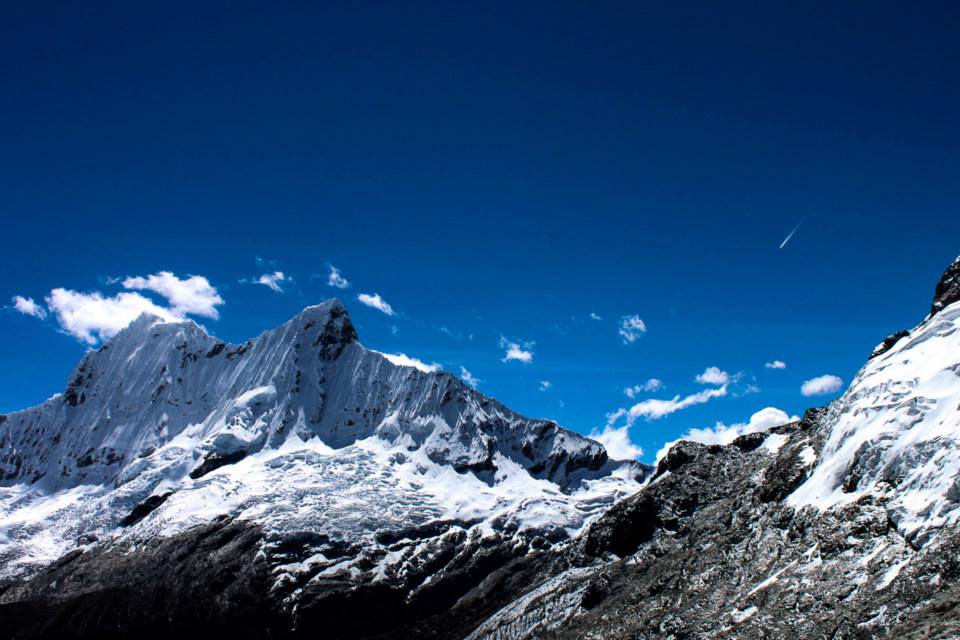
Alpinism meets photography in Perú's Cordillera Blanca
An brief photo essay contemplating the meaning of magical moments captured forever.

No items found.









Sam Williams
A beyond-profit project manager, community builder and social innovator, Sam writes about nature connection, wild places, climbing mountains, deep ecology, and other philosophical musings on the meaning of adventure.
Latest posts

Asia
Rediscovering the simple joys of life: finding peace in Almaty, Kazakhstan
With high altitude mountaineering on hold and recovery from injury the name of the game, James explores Central Asian together with his own ability to travel restfully.

Europe
Learning to surf in your mid 30s: a great new hobby or a guaranteed way to put your back out?
What started as a daunting challenge became a joyful new passion – from learning the basics and laughing at wipeouts, to chasing waves in a tiny Fiat 500 ‘camper’.

